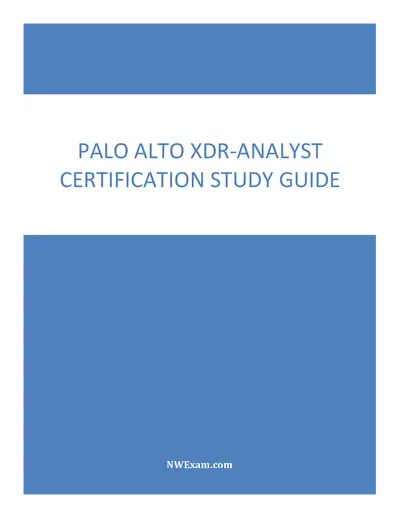PDF-New York Washington DC Los Angeles Palo Alto London
Author : hadley | Published Date : 2021-08-04
Tokyo Hong Kong Beijing Melbourne SydneywwwsullcromcomJanuary 2 2020FSOC Finalizes Changes to Nonbank SIFI Designation GuidanceSUMMARYOn December 4 2019 the Financial
Presentation Embed Code
Download Presentation
Download Presentation The PPT/PDF document "New York Washington DC Los Ange..." is the property of its rightful owner. Permission is granted to download and print the materials on this website for personal, non-commercial use only, and to display it on your personal computer provided you do not modify the materials and that you retain all copyright notices contained in the materials. By downloading content from our website, you accept the terms of this agreement.
New York Washington DC Los Angeles Palo Alto London: Transcript
Download Rules Of Document
"New York Washington DC Los Angeles Palo Alto London"The content belongs to its owner. You may download and print it for personal use, without modification, and keep all copyright notices. By downloading, you agree to these terms.
Related Documents

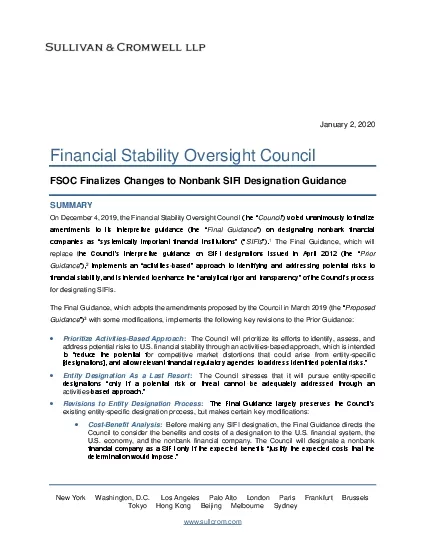
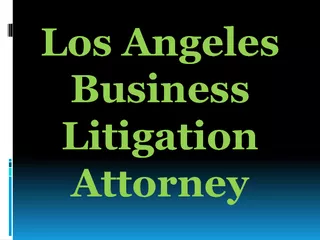







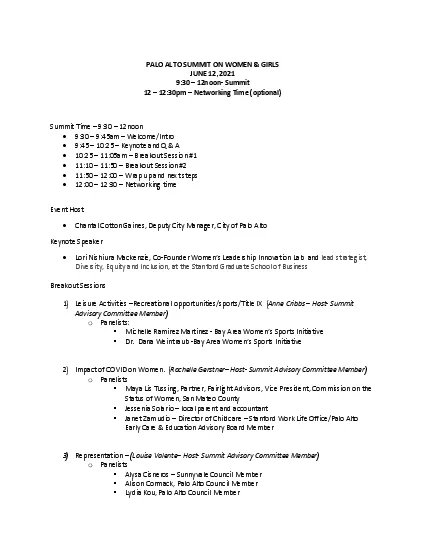
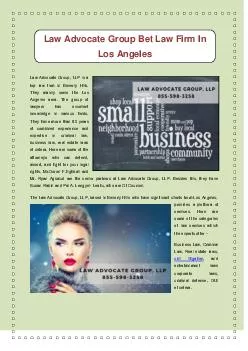
![[LATEST] Palo Alto PCCSE Certification Study Guide](https://thumbs.docslides.com/981807/latest-palo-alto-pccse-certification-study-guide-641f04685caaa.jpg)

